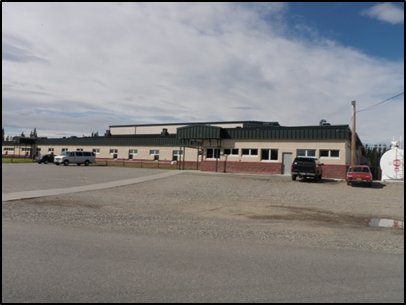Biomass in Interior Alaska

ACEP Research Engineer Daisy Huang will travel to several locations in Interior Alaska this week working on a project focused on wood energy in Alaska. She will be visiting Delta Junction, Tok, and Gulkana.
In Delta Junction and Tok Daisy will be reviewing wood chip-fired heating systems at the local high schools and will be measuring each system’s smokestack outputs using a Bacharach combustion analyzer. The main purpose of these measurements is to determine current combustion efficiency during both deep cold and shoulder seasons, and see how they compare. This data will also be used in another study, which will examine the potential to co-fire biomass with coal. The first steps for this are to obtain baseline measurements of how biomass alone combusts, and how coal alone combusts. From that data, co-firing tests parameters will be developed.
While in Gulkana, Daisy will again be using the Bacharach combustion analyzer but this time it will be to help measure the quality of residents' current wood stoves. Due to Gulkana’s geographic location and winter inversion conditions, residents of the town suffer from periods of poor air quality that are contributing to health problems of some elderly community members. Working with the Gulkana Village Council, which has just applied for a grant from the Alaska Native Tribal Health Consortium (ANTHC), Daisy aims to measure the output of the current older wood stoves in town and then return in a year to measure output again once the stoves have been replaced by newer EPA approved wood stoves.
Photo: Delta Sr. High School. Photo courtesy of D. Huang, ACEP/UAF.


